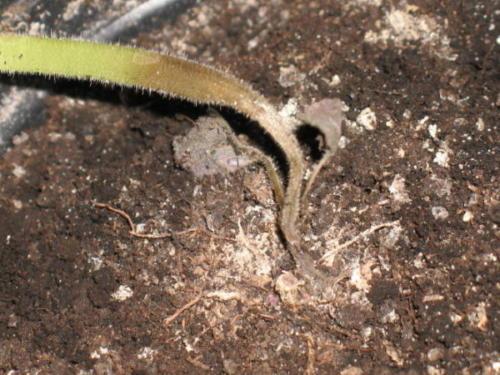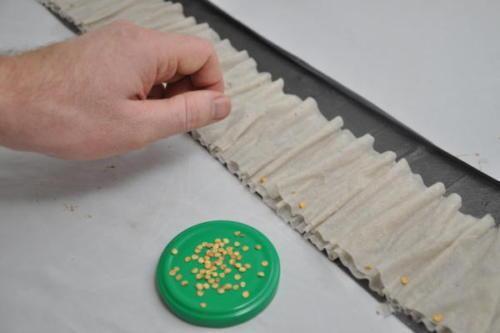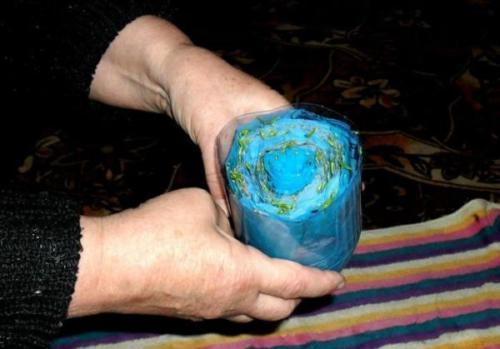Unique ways of growing plant seedlings without using soil
Today, many summer residents refuse to use the soil when germinating many types of seedlings: cucumbers, corn, peas, cabbage, pepper and others. At the same time, different methods of growing seedlings without land are used. Some of them are more convenient, others less. For example, you can replace the soil with sawdust - they are much lighter and do not crumble into fine dust. Still, this technology is not always convenient. Therefore, it is better to talk about an even easier way.
A bit of theory
Germinated crops can be divided into two groups:
- After germination (within 1-2 weeks), the seeds are planted in the soil (peas, cucumbers, cabbage);
- 1-2 weeks after germination, they are transplanted into the ground or sawdust (eggplant, tomatoes, peppers, cabbage). Landless germination in this case allows you to select the strongest seedlings, as well as to effectively fight the black leg.

We start germination
The technology is as simple as possible. An ordinary plastic bag is taken and cut into strips about 10-12 centimeters wide. The resulting tape is laid on a flat, smooth surface. Toilet paper is spread over it, which should be moistened abundantly. Seeds are laid out on paper with an interval of 3-4 centimeters, 2-2.5 centimeters from the edge.

Another strip of toilet paper is laid on top of the seeds, after which the “sandwich” is rolled into a “roll”. The lower part (which is farther from the seeds) is lowered into a glass or cut-off plastic bottle, which is filled with water 1-2 centimeters. The container is placed in a warm place (the temperature should be at least + 23 ... + 25 degrees Celsius). Illumination does not matter.
Landing in the soil
In a week, the first shoots will appear from the "roll".

In another week, they will get strong enough so that the "roll" can be unwound and planted all or the strongest shoots in the ground. The rags of toilet paper that come across will not hurt - they will quickly rot in the ground, serving as an additional fertilizer.